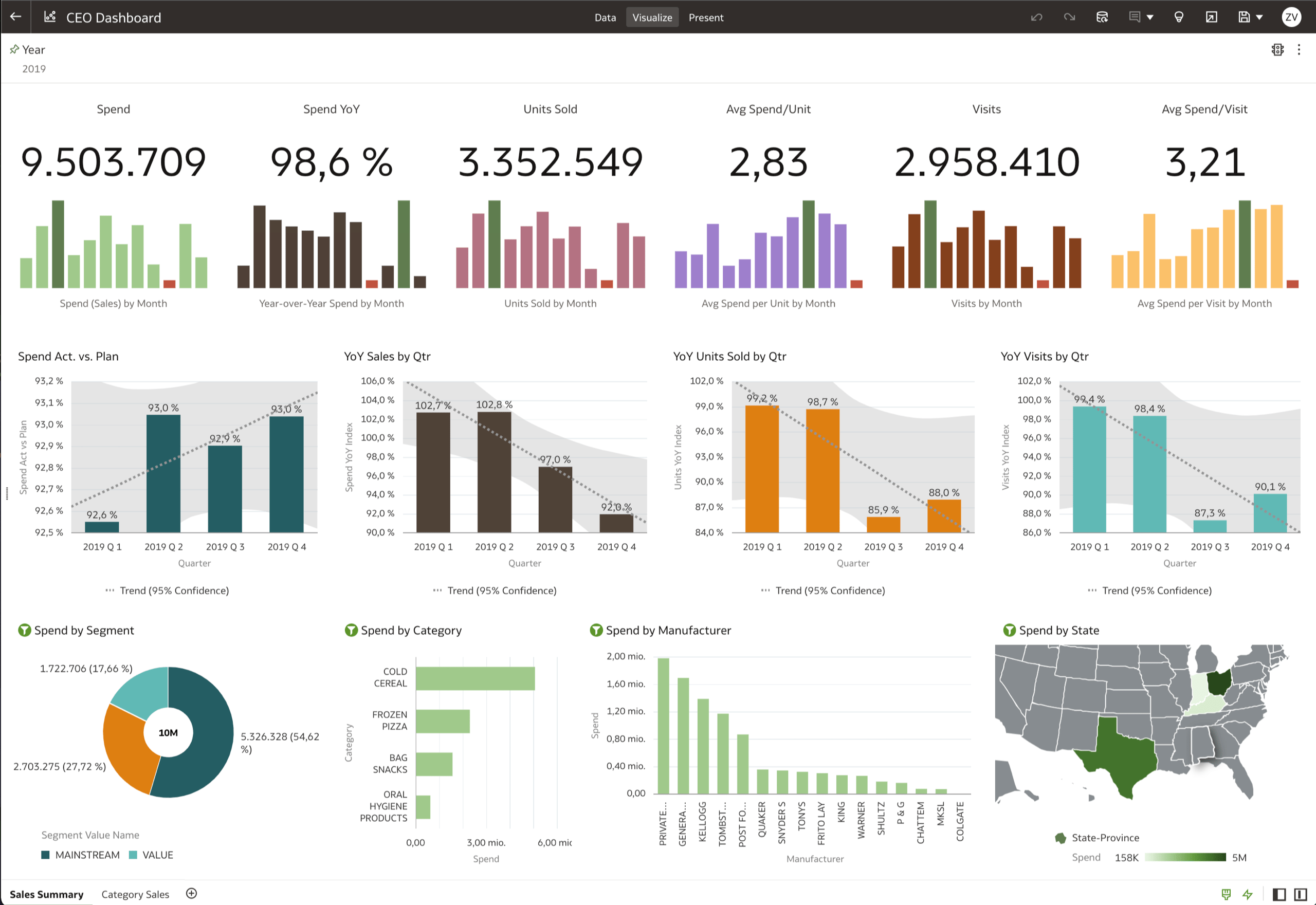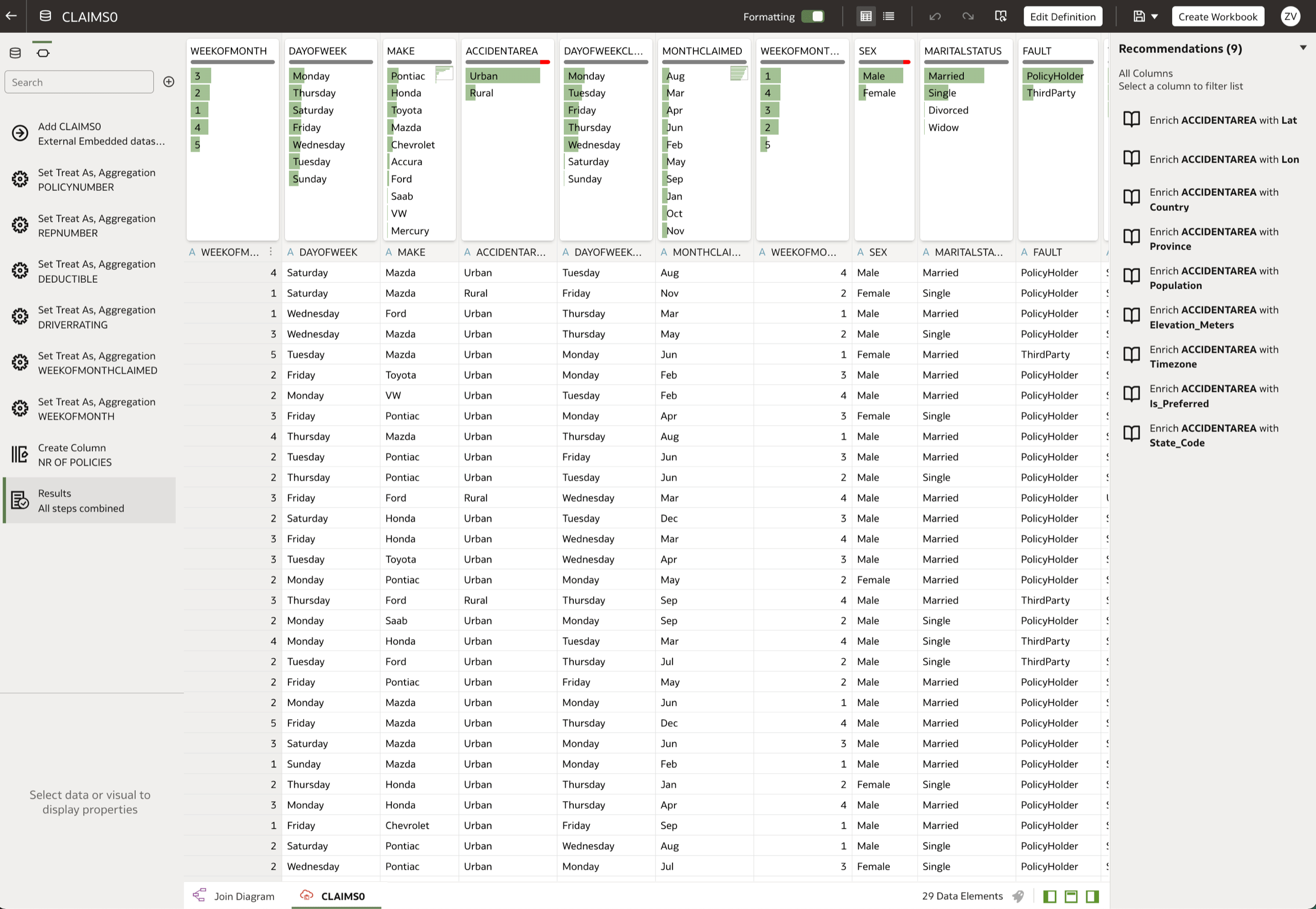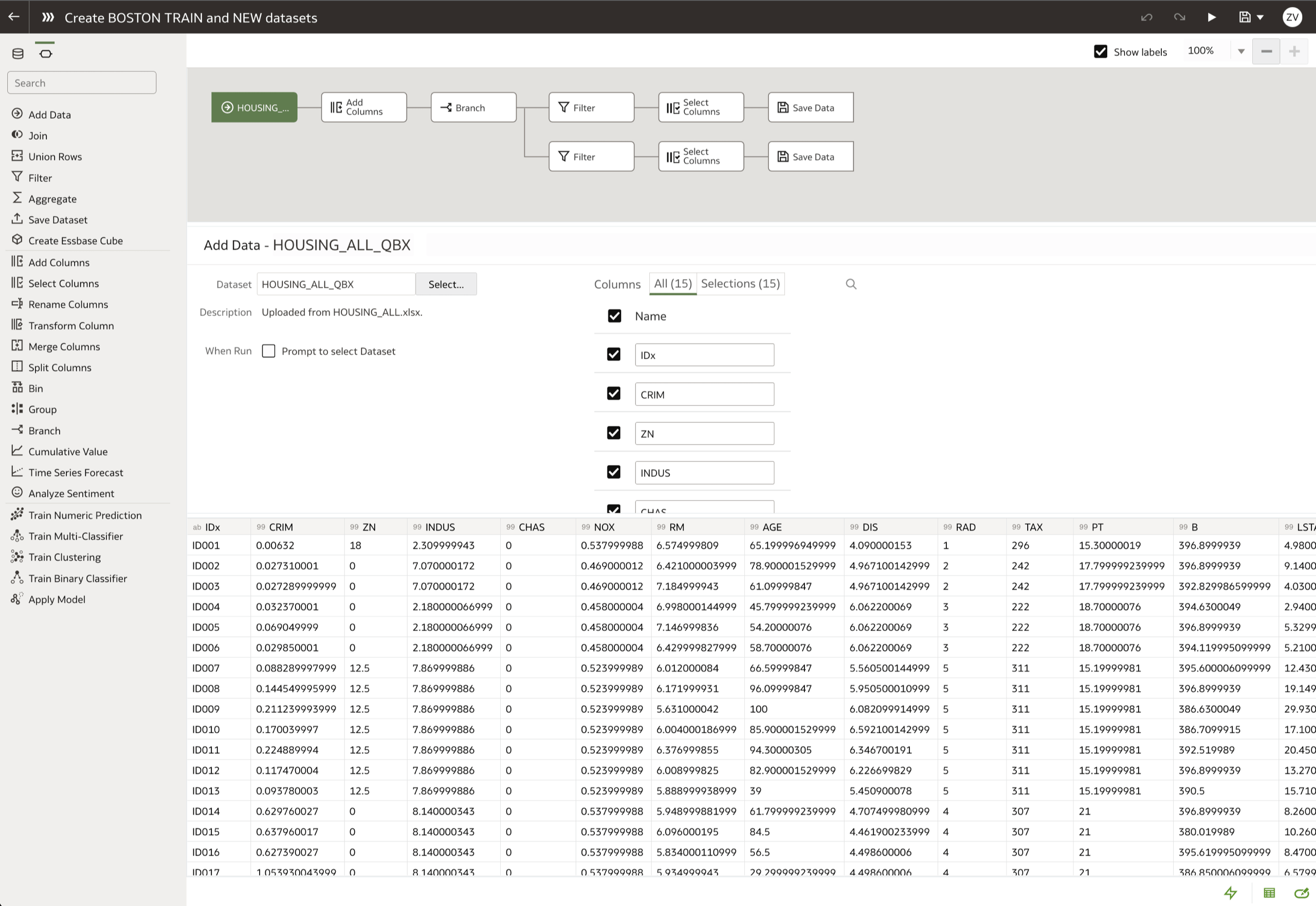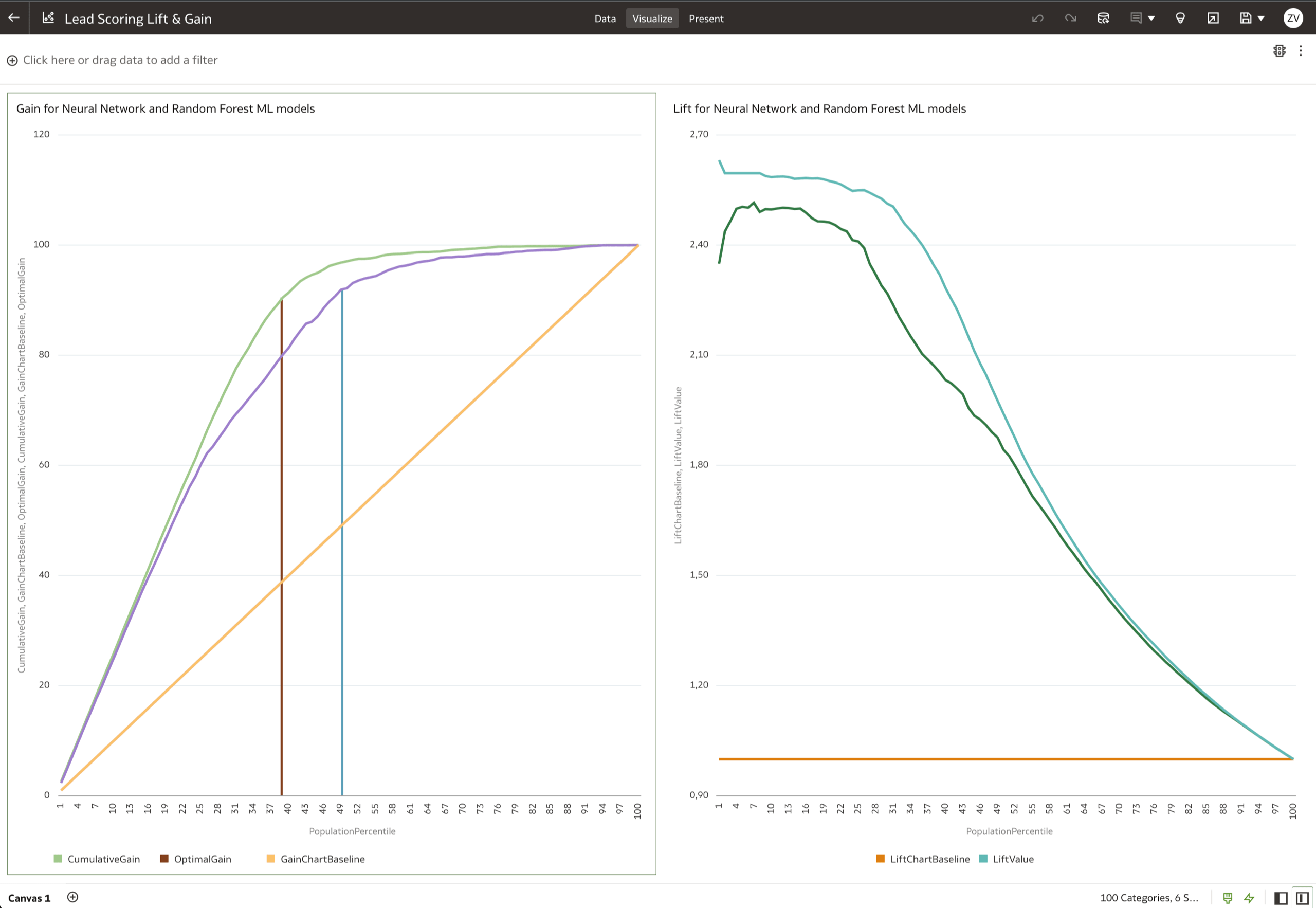4 min read
Why Migrate from Oracle Business Intelligence to Oracle Analytics
Oracle Analytics has been publicly available for more than three years now. Since the beginning, Oracle has been improving the product, and many innovations have been into the product stack, expanding into areas like data visualisation, data discovery, data management, augmented analytics, machine learning, and others quite heavily.
The gap between Oracle Analytics and its predecessor Oracle Business Intelligence has been widened, and many Oracle Business Intelligence users have decided to upgrade to Oracle Analytics. On the other hand, we can still see a lot of Oracle Business Intelligence users continuing to use Oracle Business Intelligence.
Today, Oracle Analytics has matured enough and is providing so many new features that the time has come for all existing users of Oracle Business Intelligence to seriously consider a move to Oracle Analytics, either being migrated and implemented within Oracle Cloud Infrastructure as Oracle Analytics Cloud, or on-premises as Oracle Analytics Server.
Oracle Analytics Cloud and Oracle Analytics Server are the same products. The main difference is of course the location of installation (cloud or on-premises) along with some specifics that are related to the underlying infrastructure. Other differences can be found in the feature set, which is much more frequently updated in the cloud version, whereas the on-premises version gets updated less regularly, at the moment approximately once a year. Also, Oracle Analytics Cloud runs as PaaS, which does not allow users to access and work on the system, OS, and level. Oracle Analytics Server installs and runs the same as Oracle Business Intelligence 12c ran.
So, what are the key features and benefits of migrating to Oracle Analytics?
Data Visualisation
Traditionally, all data visualisations in Oracle Business Intelligence were prepared by developers using tools such as Interactive Dashboards and Answers. Working with these tools required a good understanding of report development and sometimes even programming. As a result, dashboards and reports, even though dynamic to a certain degree, were mostly consumed by the end-users who were quite limited in terms of report customizations. A new component, a self-service and easy-to-use Data Visualisation tool, addresses advanced end-users, for example, business analysts, with the ability to create ad-hoc analyses with reach data visualisation and analytics capabilities. Suddenly, a whole new group of users, who were consuming data exports for further analyses using Excel or similar tools, emerges.

Data Management
Oracle Business Intelligence used to be an excellent tool for enterprise types of reporting and analyses. Oracle Analytics inherited all the complex data modeling functionalities build in the common metadata repository. All of that is still available in Oracle Analytics. But the new Oracle Analytics made a huge step forward by adding a wide range of data management features.
If users were limited to the enterprise data warehouse as the main data source, Oracle Analytics simply removed this constraint as data can be brought into the system from practically any data source: relational databases, NoSQL databases, big data, and streaming sources, file systems, business applications, … you name it. All these data sources can be registered with Oracle Analytics as datasets in self-service mode, giving advanced users full freedom of combining various data sources in their analyses. For example, users can easily combine an excel based data with a subject area that is prepared on top of the enterprise data warehouse.
When working with datasets these are automatically profiled which gives users additional information about the data being used. Additional self-service enrichment tools give users an even richer user experience and higher-quality data.

Data preparation
Another valuable tool is called Data Flows. This tool can be used to perform, what I would call, “a mini ETL” within Oracle Analytics. With easy-to-use highly visual data flows, users can design various data transformations on selected datasets in order to prepare data for further analysis.
Data flows are also part of the larger Machine Learning functionality as support generation and application of machine learning models.

Machine Learning
Oracle Analytics supports the complete machine learning process from data analysis, data preparation, machine learning model creation, model evaluation, and deployment.
The use of machine learning tools is simplified to the level any business analyst would be able to use. This might jeopardise the quality of models (for example if developed as usual by a data scientist) on account of the speed of development and obtaining some results. Many businesses would be willing to accept this compromise. But on the other hand side, machine learning models developed by data scientists in the Oracle database can still be registered and used with Oracle Analytics.

Conclusion
I believe that only these four new features are enough to justify a migration project to move to Oracle Analytics. What is also very important to know is that Oracle Analytics is not a new product, but a continuation of Oracle Business Intelligence. This means that all customers who have valid support contracts for their Oracle Business Intelligence product would be able to take these further.
In the case of Oracle Analytics Server, basically, nothing changes as far as licensing is concerned, except new functionalities just described can be used instantly.
In the case of Oracle Analytics Cloud, BYOL (bring-your-own-licenses) type of licensing would apply to give existing Oracle Business Intelligence users significant discounts when subscribing to Oracle Cloud Infrastructure services (licensing in the cloud is subscription-based and license cannot be simply moved and used in the cloud).
For the migration to Oracle Analytics Cloud or Oracle Analytics Server, migration tools are available. According to our experience, these tools significantly reduce the time required for the migration from Oracle Business Intelligence 11g or Oracle Business Intelligence 12c.